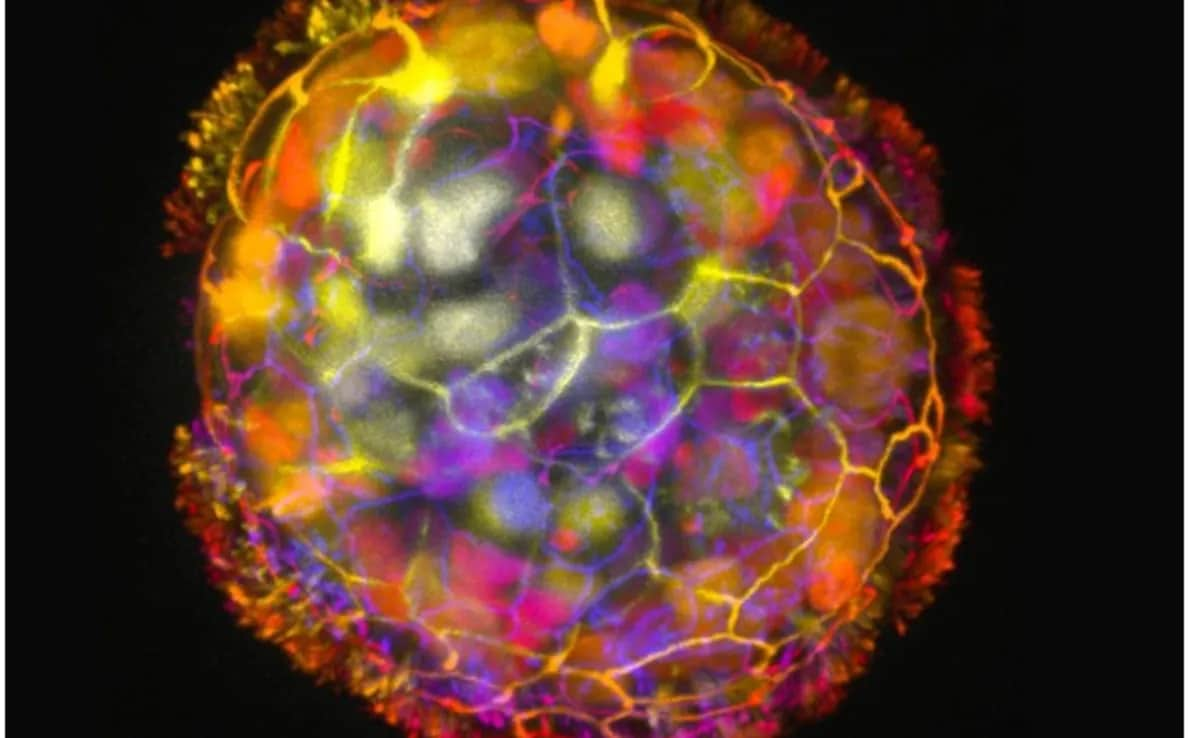An anthrobot consists of several hundred cells.
In a breakthrough study, researchers have developed miniature robots using human cells capable of both movement and healing neurons within a laboratory setting. Termed 'Anthrobots', these bioengineered entities consist of human tracheal cells and possess the ability to autonomously configure themselves into various forms and dimensions. The scientists anticipate employing these biobots as innovative instruments for the purposes of regeneration, recovery, and the management of diseases.
The study, published in Advanced Science, was conducted by Tufts University and Harvard University's Wyss Institute researchers.
According to Nature magazine, developmental biologist Michael Levin at Tufts University in Medford, Massachusetts, and his colleagues had previously developed tiny robots using clumps of embryonic frog cells. But the medical applications of these 'xenobots' were limited because they weren't derived from human cells and because they had to be manually carved into the desired shape. The researchers have now developed self-assembling anthrobots and are investigating their therapeutic potential using human tissue grown in the laboratory.
These tiny biological robots, crafted from human cells, have demonstrated an astonishing ability to mend damaged tissue. These self-assembling creations, measuring between the width of a human hair and the tip of a sharpened pencil, hold promise for regenerative medicine, wound healing, and disease treatment. The researchers envision harnessing these patient-derived biobots to revolutionize healthcare.
By combining several cell types and exploring other stimuli, it might also be possible to develop biobots-robots made from biological material-with potential applications in sustainable construction and outer-space exploration.
"Once we understand what cell collectives are willing and able to do, then we can begin to control that not just for stand-alone bots but for regenerative medicine," says Levin, including to regrow limbs.






Leave a Reply